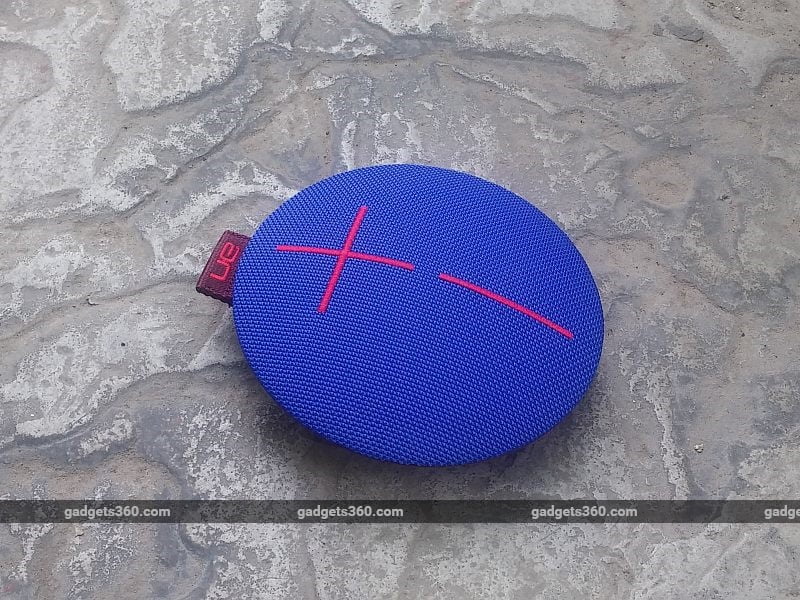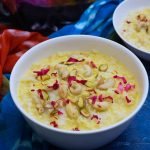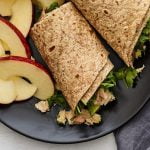
Most people will tell you that Japanese cuisine is an acquired taste, with piquant flavours that can often shake your taste buds and olfactory nerves out of their comfort zone. I am unabashed about my bias for almost anything Japanese, especially the cuisine. It may not be a very large country but almost every region boasts of a signature culinary experience that you must try when you’re in Japan. You might stumble upon some of these emblematic Japanese dishes in restaurants in India and around the world. This list is by no means exhaustive:
Sushi And Sashimi Breakfast In Tokyo:
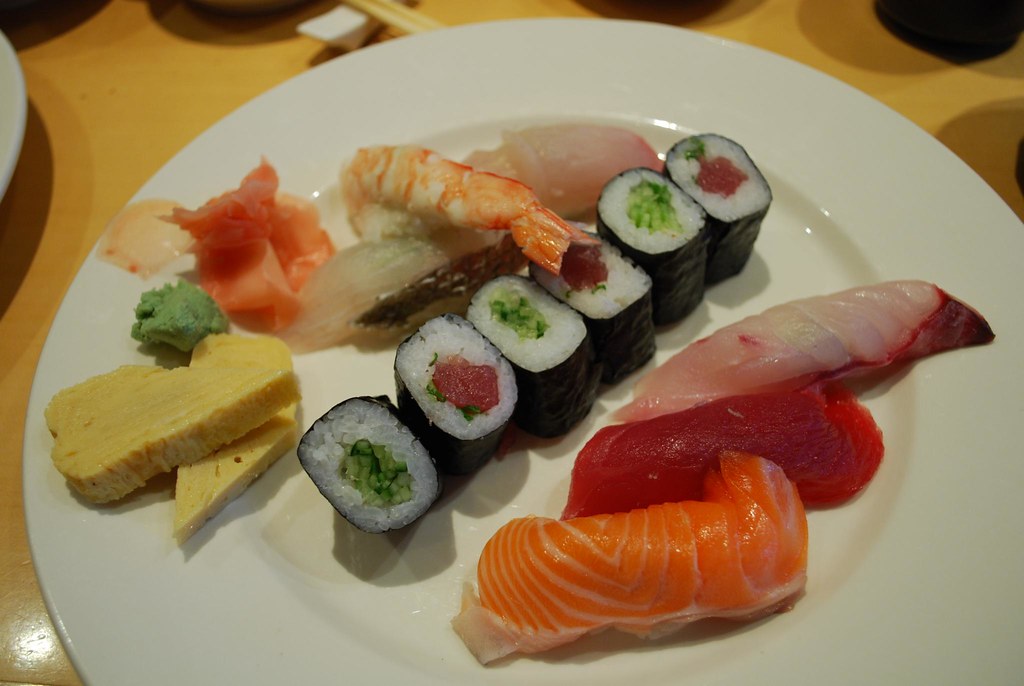
Nothing quite beats waking up at dawn and heading to Tokyo’s iconic Tsukiji Fish market – the world’s largest. You can see fresh produce arrive in the wee hours of the morning or grab a spot at the market’s Tuna auction (Only 120 visitors are lucky enough to witness this auction in two batches each day). The lines are long at the popular sushi bars here; I’d recommend Daiwa Sushi, a tiny yet iconic sushi bar where a one-hour wait for a table is not unusual. The Chef’s Special Omakase set includes everything from sea urchin to chewy shrimp tail to salmon eggs – a breakfast like no other. The Ginza district in Tokyo is another popular spot for Sushi bars.



Let Your Hair Down At An Izakaya:

Almost every neighbourhood in Japan’s big cities is home to an Izakaya that is the Japanese equivalent of a pub or tavern. This is where locals often hang out with their co-workers over beer. The perfect setting for you to try one of Japan’s most popular deep-fried foods – tempura. Vegetables and seafood (ebi-ten or prawn tempura is a must-try) are coated with a thin batter and usually fried in sesame oil. Tempura is usually accompanied with a soy-flavoured broth and grated radish.
Nabemono – The Japanese Hotpot:
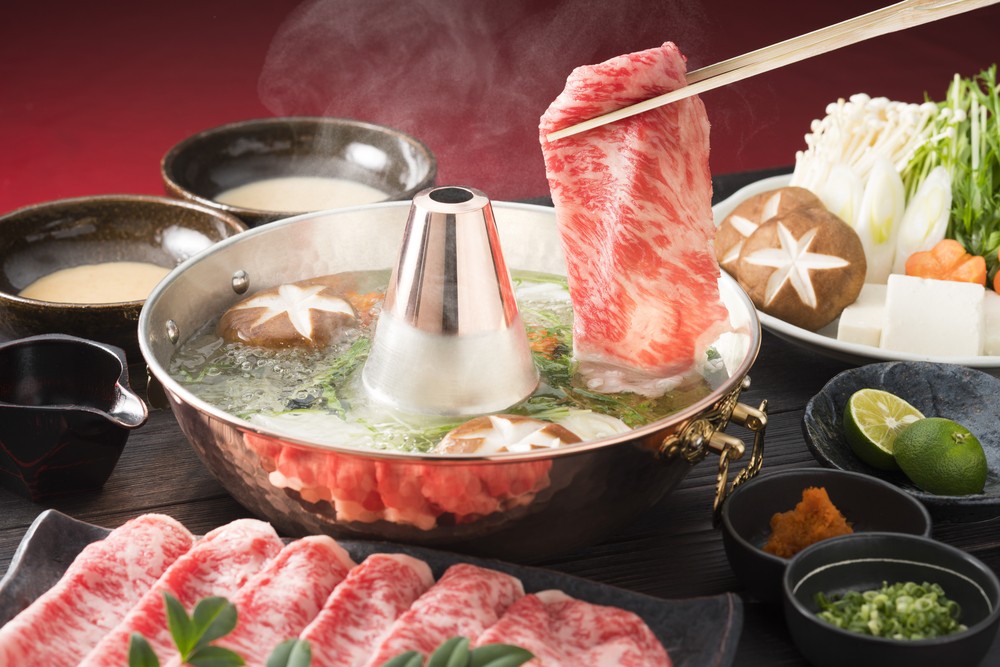
Hoto – thick wheat noodles (that resemble extra thick Udon noodles) cooked with pumpkin and other seasonal vegetables in a flavoursome miso soup broth and served in an iron pot. This is a popular broth in the Lake Kawaguchiko region near one of Japan’s most popular tourist spots – Mount Fuji. Sukiyaki (sliced beef with assorted vegetables and tofu in a soy sauce) is one of the country’s best-known hotpots. There’s also the more modern Shabu-Shabu (an onomatopoeia that takes its name from the swishing sound the ingredients make inside the hotpot). The beef and vegetables are slow boiled in a seaweed broth and the soup is usually consumed at the end of the meal after the beef and vegetables.
Noodles Galore:
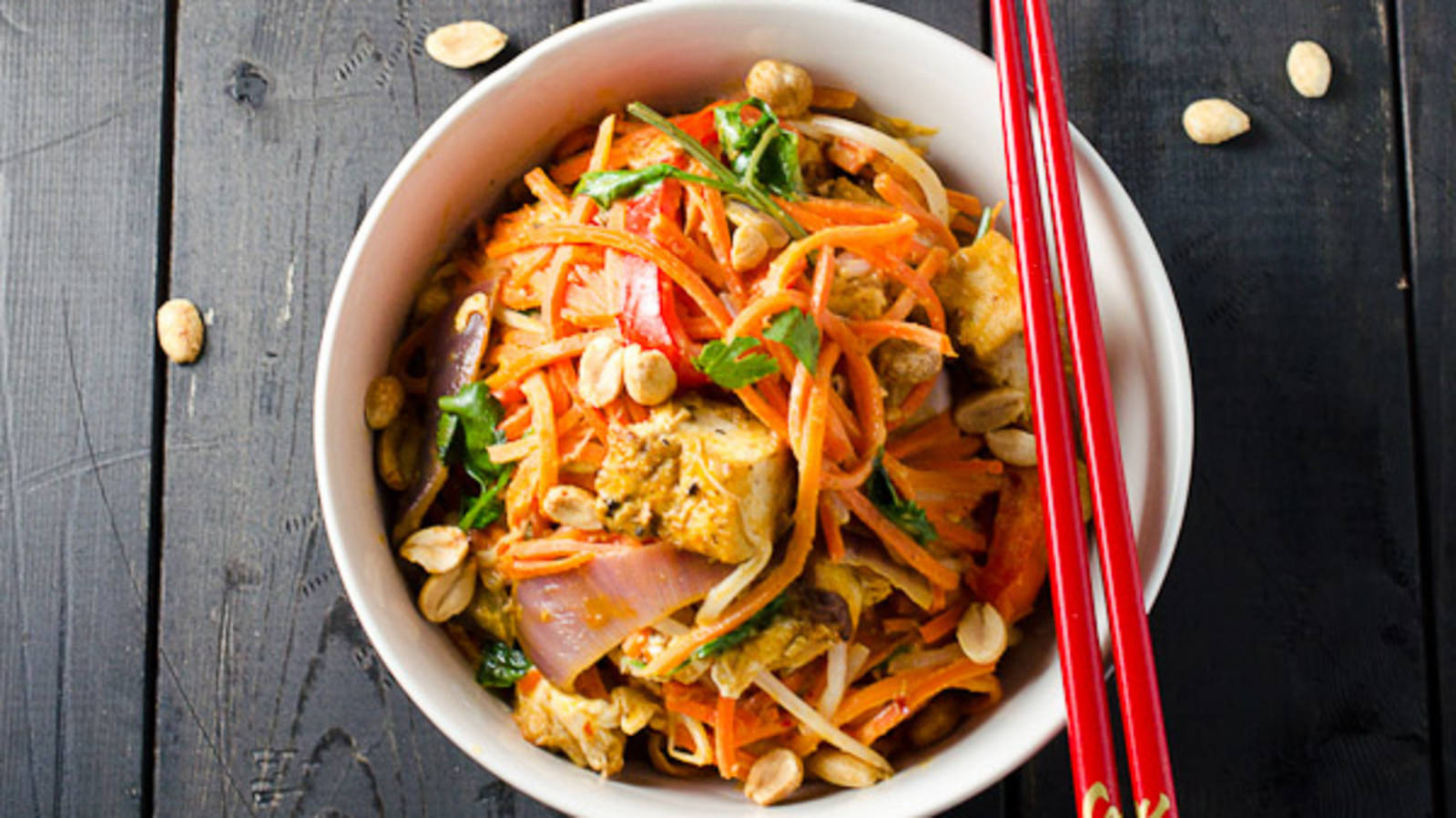
Whether you’re dining on the street or a fine diner, noodles are always in the mix. There’s soba – long, thin buckwheat noodles, served hot and at room temperature with a soy-flavoured broth. You could also try Udon noodles made from kneaded wheat flour and ramen, perfect for a late meal. These egg noodles in a salty broth come in four major soup styles including the strong miso ramen that’s popular in Hokkaido.
So the next time you’re in Japan, do try the above mentioned Japanese delicacies and make the most of them.
[“source=food.ndtv”]
